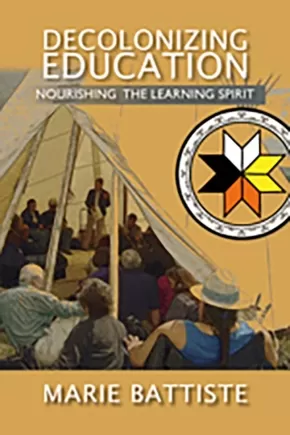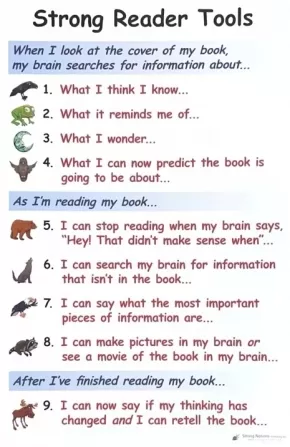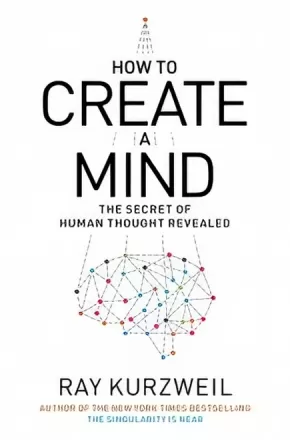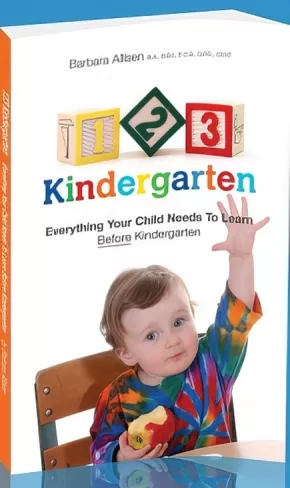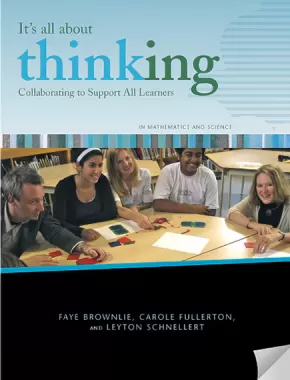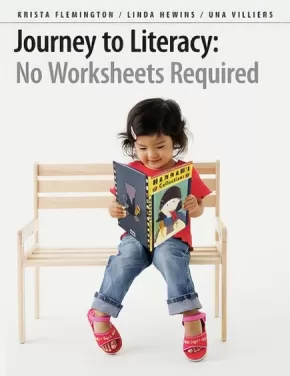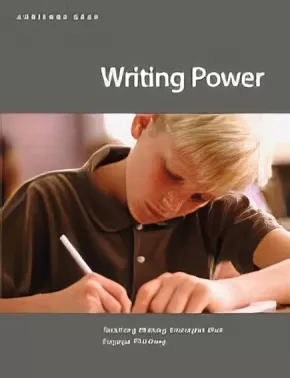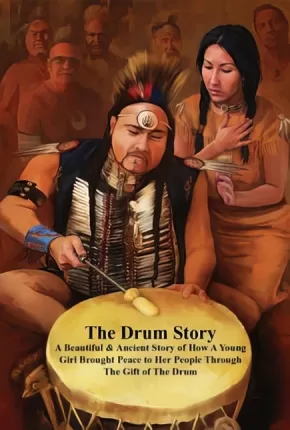Educator Resources
Synopsis:
Although education leaders do not have to be digital experts, they need to recognize the importance of supporting learning communities that embrace technological innovation, engaging students and building on their experiences. The Digital Principal shows education leaders how to apply their leadership skills to the challenge of creating and supporting a learning environment rich in technology and opportunities for both students and teachers to work, teach, and learn in the digital age. From the basics of digital literacy and good citizenship, to connecting to the digital community and accessing digital and virtual worlds, this book establishes a framework for integrating technology into instruction and learning. This timely book describes effective methods leaders and administrators can really use to provide visionary leadership in the digital age.
Synopsis:
Inquiry-based teaching in diverse classrooms, grades 3-5
Good science starts with a question. This book offers a look into real classrooms where teachers use inquiry science to engage students in seeking answers the same ways real scientists do — they design experiments, make predictions, observe and describe, offer and test explanations, and share their conjectures with others. This practical book shows teachers how to:
build on students' experiences, background knowledge, and readiness
manage a diverse classroom during inquiry science exploration
faciliatate science discussions
deepen their own science content knowledge
Synopsis:
Drawing upon a variety of academic sources as well as personal and professional experiences, Dr. Michell, a member of the Barren Lands First Nation, offers a book designed to assist educators in coming to understand the larger frameworks of Cree ontology (ways of seeing the world and one’s place in it), epistemology (ways of understanding knowledge), and methodologies (ways of teaching).
While Dr. Michell’s book is a specific example of Cree culture, from northern Saskatchewan, the message is most certainly transferable beyond the Barren Lands First Nation example, and as such, offers readers entry into thinking about how to make bridges between diverse ways of knowing that is applicable cross-culturally.
Reviews
"The book Cree Ways of Knowing and School Science provides a good personal description of Cree culture and how it can improve science teaching in the classroom for First Nations students. Drawing from his experience in Northern Saskatchewan, Dr. Michell illustrates the importance of hands-on experience for students and the need to relate what they are learning in the classroom to their culture. Most importantly, Dr. Michell promotes taking the students to the knowledge holders (the Elders) and to the natural teaching lab (the land), thus incorporating traditional knowledge in the teaching of science. Elders are an essential component in this endeavour. This book will be of interest to current and prospective teachers as well as to anyone interested in cross-cultural experiences and learning. This book provides a timely contribution to the question of how to improve educational outcomes for First Nations students, a critical issue for federal, provincial and First Nations governments." - Fidji Gendron, PhD
Educator Information
Table of Contents
Preface
1. Introduction
2. Nîhîthawâk Ithînîwak
3. Nîhîthawâk Ithînîwak and School Science: A Storied Reflection
4. Nîhîthâwatîsîwîn
5. The Concept of Indigenous Science
6. The Concept of Western Science
7. Assumptions in Western and Cree Ways of Knowing
8. Promising Practices: School Science in Cree Contexts
References
About the Author
Additional Information
88 pages | 7.00" x 10.50" | Paperback
Synopsis:
Drawing on treaties, international law, the work of other Indigenous scholars, and especially personal experiences, Marie Battiste documents the nature of Eurocentric models of education, and their devastating impacts on Indigenous knowledge. Chronicling the negative consequences of forced assimilation and the failure of current educational policies to bolster the social and economic conditions of Aboriginal populations, Battiste proposes a new model of education. She argues that the preservation of Aboriginal knowledge is an Aboriginal right and a right preserved by the many treaties with First Nations. Current educational policies must undergo substantive reform. Central to this process is the rejection of the racism inherent to colonial systems of education, and the repositioning of Indigenous humanities, sciences, and languages as vital fields of knowledge. Battiste suggests the urgency for this reform lies in the social, technological, and economic challenges facing society today, and the need for a revitalized knowledge system which incorporates both Indigenous and Eurocentric thinking. The new model she advocates is based on her experiences growing up in a Mi’kmaw community, and the decades she has spent as a teacher, activist, and university scholar.
Additional Information
223 pages | 6.00" x 9.00"
Synopsis:
Aboriginal people who choose to improve their education as adults often face many challenges, most of which arise from the ongoing impact of colonialism and of racialized poverty. Yet in Winnipeg’s low-income inner city, a variety of innovative and effective Aboriginal adult education initiatives have emerged. Drawing upon the voices and experiences of Aboriginal adult learners themselves, this book describes the initiatives and strategies that have proven successful and transformative for adult Aboriginal students.
These programs also positively influence the lives of the students’ families and are even felt on the community level, functioning as anti-poverty initiatives. Moving Forward, Giving Back posits that effective Aboriginal adult education initiatives need to be dramatically expanded to improve the health and vibrancy of Aboriginal people and communities across Canada.
Additional Information
168 pages | 6.00" x 9.00"

Synopsis:
Our Primary Strong Readers Tool poster is written in a casual language register that supports early learners.
Each comprehension strategy has been written using a sentence stem so that each one can be used across the curriculum when introducing any new learning.
Each comprehension strategy has also been visually coded to all of our lesson extensions and Reading Posters so that there is an easy association for both educators and students. Everyone will know what the focus reading/learning strategy is!
Additional Information
Size: 2' x 3' | ISBN: 208309700052

Synopsis:
The Strong Readers Educator Resource Guide is a supporting guide for the Strong Readers (Levels 1 - 20, Sets A & B).
The Educators Resource Guide is organized in a binder with each section tabbed (373 pages total).
The comprehensive guide provides the following:
- Strong Readers Overview
- Correlation Chart
- Title List
- Titles Supporting Specific Areas
- Introduction to Guided Reading
- Guided Reading Lesson Plan Overview
- Guided Reading Lesson Planning
- Data Sheet and Thinking Sheets, Levels 1 - 20
- Tools to Support Guided Reading Lesson Planning
- Coaching Records/Running Records
- How to Use the Coaching Records
The Strong Readers Educator Resource Guide offers a range of tools and resources designed to assist educators in utilizing the Strong Readers with students. Please note that this resource does not contain lesson plans or coaching records for the Northern Series and the Métis Series.
Click here to download a: Strong Readers Correlation Chart
Additional Information
373 pages | Binder | ISBN: 9781771741057
Synopsis:
The bold futurist and bestselling author explores the limitless potential of reverse-engineering the human brain
Ray Kurzweil is arguably today’s most influential—and often controversial—futurist. In How to Create a Mind, Kurzweil presents a provocative exploration of the most important project in human-machine civilization—reverse engineering the brain to understand precisely how it works and using that knowledge to create even more intelligent machines.
Kurzweil discusses how the brain functions, how the mind emerges from the brain, and the implications of vastly increasing the powers of our intelligence in addressing the world’s problems. He thoughtfully examines emotional and moral intelligence and the origins of consciousness and envisions the radical possibilities of our merging with the intelligent technology we are creating.
Certain to be one of the most widely discussed and debated science books of the year, How to Create a Mind is sure to take its place alongside Kurzweil’s previous classics which include Fantastic Voyage: Live Long Enough to Live Forever and The Age of Spiritual Machines.
Synopsis:
1 2 3 Kindergarten is a down-to-earth, practical guide to help parents, caregivers and educators ensure children's readiness for kindergarten. Written by a kindergarten teacher and parent, this award-winning book, has tips, explanations, short-cuts and fun. It includes ideas that use resources already available at home or in child care centers and strategies to incorporate learning time into busy, active days. An easy-to-use developmental checklist and rating scale, guidance for the this-year-or-next-year debate, and suggestions for home-school transition make this a birth-to-kindergarten resource.
Additional Information
114 pages | 5.98" x 9.02" | Paperback
Synopsis:
In this guide for K–8 classrooms, author Dr. Pamela Rose Toulouse provides strategies, lesson plans, and hands-on activities that support both Indigenous and non-Indigenous learners. Find support for topics such as:
- infusing Indigenous teaching strategies in the classroom
- increasing literacy success by implementing an Indigenous model
- teaching character education with the Seven Teachings of the Anishinabek
- engaging and connecting with local Indigenous communities
- incorporating seasonal lessons with the 13 moons of the Anishinabek
- using literature-based lesson plans for grades K to 8
Using Anishinaabe teachings as a model, this book will help you infuse Indigenous perspectives into your curriculum, as well as teach to the specific needs of Indigenous students. Find best practices for classroom management, assessment tools, suggestions for connecting with local Indigenous communities, and much more!
Additional Information
198 pages | 8.00" x 10.50" | Paperback
Synopsis:
Collaborating to Support All Learners in Mathematics and Science
Grade: for grades 5-12
In this second volume of It’s All About Thinking, the authors focus their expertise on the disciplines of mathematics and science, translating principles into practices that help other educators with their students.
How can we help students develop the thinking skills they need to become successful learners?
How does this relate to deep learning of important concepts in mathematics and science?
How can we engage and support diverse learners in inclusive classrooms where they develop understanding and thinking skills?
In this book, Faye, Leyton and Carole explore these questions and offer classroom examples to help busy teachers develop communities where all students learn. This book is written by three experienced educators who offer a welcoming and “can-do” approach to the big ideas in math and science education today. In this book you will find:
insightful ways to teach diverse learners (Information circles, open-ended strategies, inquiry, manipulatives and models)
lessons crafted using curriculum design frameworks (udl and backwards design)
assessment for, as, and of learning
fully fleshed-out lessons and lesson sequences; inductive teaching to help students develop deep learning and thinking skills in Math and Science
assessment tools (and student samples) for concepts drawn from learning outcomes in Math and Science curricula
excellent examples of theory and practice made accessible
real school examples of collaboration — teachers working together to create better learning opportunities for their students
Synopsis:
The play-based learning and individualized strategies in this practical book build on the wide range of literacy skills present in the kindergarten classroom. This valuable resource explores simple ways to use traditional learning centres to provide children with real and authentic reasons to listen, speak, read, write, and view. Teachers will find a wealth of resources for creating meaningful learning experiences, including:
- answers to often-asked questions
- milestones to inform teaching instruction
- activities and games for both individuals and groups
- literacy extensions that involve children with quality literature, authentic artifacts, and recordings
This highly readable book will support teachers as they move beyond worksheets and nurture students on their journey to lifelong literacy.
Synopsis:
Teaching writing strategies that engage thinking
This practical and thoughtful resource is a follow up to the ground-breaking Reading Power books, which feature simple strategies for helping students focus on their "thinking" while they read. Teachers already familiar with these books will find this a simple way to link reading and writing instruction. Using the same five thinking strategies -- Connect, Question, Visualize, Infer, and Transform -- young writers will learn how to engage their readers' thinking through their writing.
Writing Power will guide teachers through a series of lessons focusing on each of the strategies. A wide range of effective writing techniques are outlined and reinforced throughout the book, with suggested "anchor books" for each lesson. The fundamentals of the writing process and the "6 Traits" are integrated into this unique examination of how developing an awareness of the readers' thinking can influence and affect a student's ability to write.
Coming in October 2011!
Synopsis:
Ideas, exercises, and encouragement for teachers and writers of all ages
Award-winning author Carolyn Coman beliees that the essence of good writing, no matter the genre, is the ability to craft a solid story. In this innovative book, Carolyn provides advice, strategies and inspiration focusing on the key elements of stories: character development, plot, voice and dialogue, point of view, and place and time. Full of tips, exercises, and encouragement, this straightforward guide will help make the writing process less intimidating for students and teachers alike.
Synopsis:
The Drum Story book and movie were created so people could hear and see the storyteller tell the story. This book and DVD combination also features the Ojibwe language alongside English. This beautiful and ancient story has been passed down through many generations. The story tells of a young girl given the gift of the first drum, and how she used that drum to bring peace to her people. Told in the traditional oral style, the teachings of the story are all about respect for one another and how to live well and properly with Mother Earth.
This hardcover book is richly illustrated (60 pictures and paintings) with 12 originally commissioned original artworks. The DVD is included in a sleeve on the inside back cover. The combination of reading and hearing the story told in the ages-old traditional method is extraordinary. The DVD also features traditional drumming and singing.
Educator Information
The Drum Story book with story-telling DVD includes English and Ojibwe language translation - selectable on DVD with opposing subtitle and teacher/educational aids in PDF format included on the DVD, printable as a teacher resource.
Additional Information
65 pages | paperback with DVD






